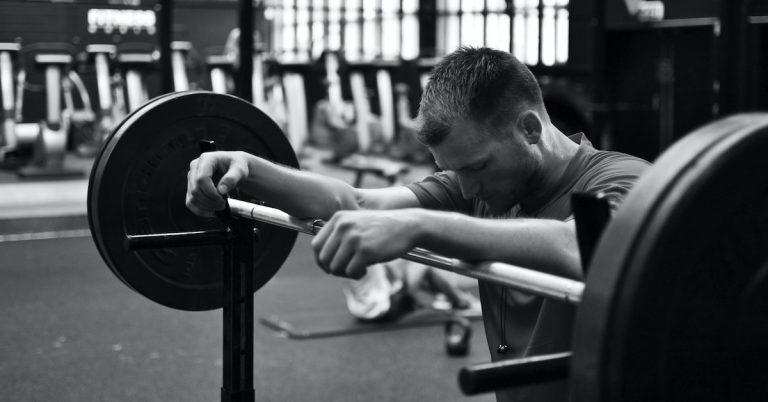In strength training, time under tension (TUT), sometimes referred to as time under load, reflects the total duration of a set and is calculated by multiplying the number of reps with the tempo or speed of execution of each rep. For example, if 10 reps are performed in a set and each rep takes 6 seconds to complete (2 seconds to raise the weight and 4 seconds to lower it), then the TUT is 60 seconds.
Various opinions exist regarding the ideal TUT for muscle hypertrophy (see p. 51 of The Elite Trainer for views from some of the top authorities in the game). After reading my article Moderate Rules for Maximum Results, Dr. Eric Serrano, an expert in the field of strength and conditioning, sent me some of his observations:
JP, I have been doing research on this for two years now. The results have been very interesting. Of course, these are my observations of people that I work with all the time. I divided them into two groups: the genetic freaks and common people. I measured the TUT along with changes in muscle girth and found out that 42 seconds is about where you want to be if you’re the common person. Genetic mutants and those taking anabolic steroids will grow on just about any tension duration, but the average person needs to be more selective. When I compared 42 seconds TUT to 30 seconds and 60 seconds, 42 seconds was superior for muscle size, although 60 seconds showed some gains as well, but it was not worth the additional time. Try this protocol for 6 weeks: Don’t go above the 42-second TUT mark, train a maximum of 4 times per week, eat right, and do only 3 sets per exercise resting 1 to 1½ minutes between sets.
Give this protocol a shot in your next routine. Don’t count reps, use TUT instead as a marker of when to end your set. You can use a wristwatch, a stopwatch (many smartphones have an app for this), a clock on the wall, or a device called Gymboss. Whatever you use, as soon as 42 seconds is up, stop your set. Make sure to find an appropriate load that will cause you to fatigue around that mark. If you’re pairing exercises together in a double station manner, rest 60 seconds between sets. If, on the other hand, you’re performing station training where you do all sets of one exercise before moving on to the next exercise, then go with a slightly longer rest interval of 90 seconds between sets.

My Favorite Leg Finisher
Everything in context! I’m squatting with 225 pounds in the video below. It doesn’t look like much weight except that

How to Get a Biceps Vein
Growing up, all I ever wanted was the “biceps vein!” I wanted it even more than huge biceps. Of course,

Chest and Back Superset
A “super” combo to finish off an upper-body workout involves the standing cable crossover and the bent-over dumbbell lateral raise.
follow
Error: No feed with the ID 2 found.
Please go to the Instagram Feed settings page to create a feed.
